Surrounded by snow-capped mountains, Kashmir Valley is defined vastly for its nature, beauty, heritage, and handicrafts. Pashmina is the craft of Kashmir that has been in the valley since the 14th century. Cashmere, the finest wool is the source for the Craft of Pashmina. Long ago, when a saint from the middle east was traveling to Kashmir to preach the message of Islam, he discovered the finest wool that has ever been on earth. The wool was so fine and soft that he himself crafted a pair of socks.
Afterward, the extensive craftsmanship groomed in the valley itself and the highly skilled artisans acquainted us with the traditional craft of Pashmina. No doubt that there are several types of Cashmere in the world on the basis of their fineness and quality, but the finest among all is Ladakhi Cashmere. Therefore, the finest Cashmere comes from the region of Changhthanghi in Ladakh.
Also, the finest Cashmere is the rarest of all. It depends on several categories involved in the procurement and production. Therefore, we have gathered some reasons why is Cashmere so rare.
1. Species of Goats
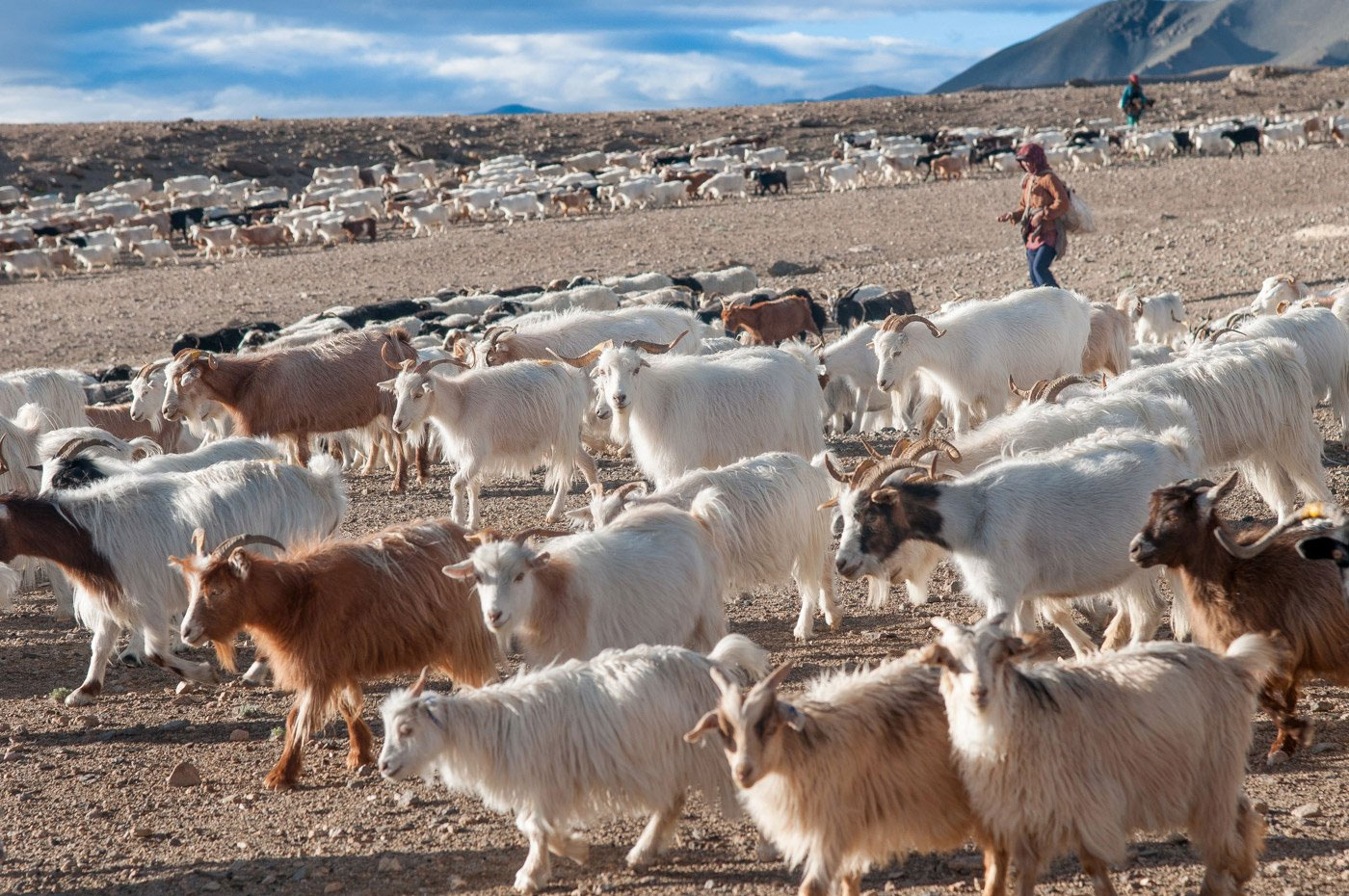
There are diverse breeds of Cashmere producing goats. Each breed has a specific percentage of production in the total production. The several breeds viz; Australian Cashmere Goat, Liaoning, Inner Mongolia, Xinjiang, Hexi, Zhonghwei, Tibetan Plateau, Luliang breeds, Changthanghi, etc. Therefore, all the breeds produce Cashmere wool that produces warmth. The exclusive breed of goats called Changra Goats is rare species of goats that produce the finest quality Cashmere wool. The goats are such rare species that they are only found in the region of Changhthanghi. They are medium-sized goats with two twisted horns mainly herded for the procurement of wool.
2. Low production
The Goats produce fine Cashmere wool once every year. Therefore, only around 80 to 170 gms of Ladakhi Cashmere are produced during a year. Therefore, considered the rarest. Also, other breeds of it produce several times more as there are almost 400 million Cashmere eliciting Goats all over the world. Consequently, the production caters to the manufacture of different styles like Pashmina Shawls, Scarves, and Cashmere Wraps. The low production makes it an entity of being rare as the annual production is extremely low
3. Manual procurement
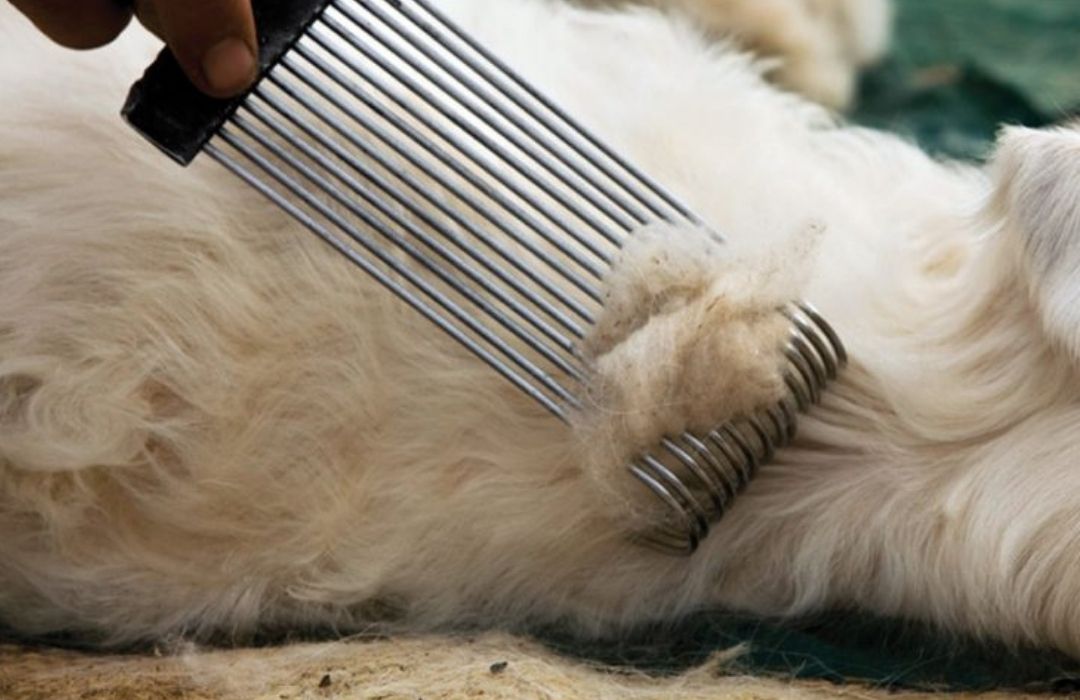
The hand-procurement of the finest Cashmere wool is one of the defining properties of the high quality of the accessories. The herders of the Changpa tribe manually procure the wool by combing the extra wool out from the bodies of the Changra Goats. Therefore, making it an extensive and tiring job at the same time.
4. Handcrafting
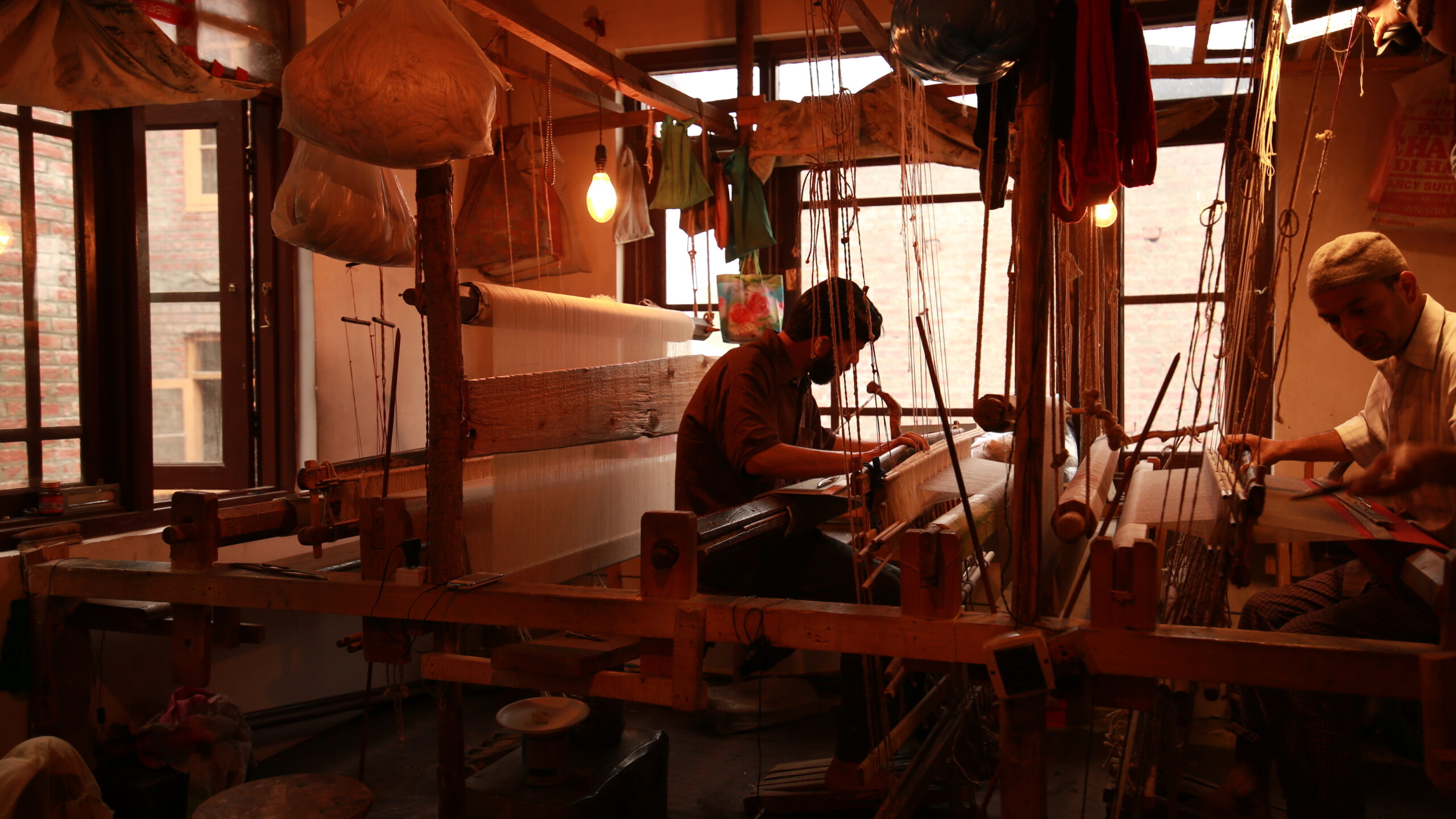
The procured fine Cashmere is taken to the valley of Kashmir for Crafting the masterpieces of Pashmina. Handcrafting in the valley is filled with the exuberance of high skill and generational practice of Pashmina as a Craft. Artisans work day and night on a masterpiece to dignify it for your adorning of luxury. Handcrafting requires precision and diligence to behold the high quality of hand procurement. All the processes from Procurement to Designing are religiously done by hand.
5. Artisanal Skill
When the saint arrived in Kashmir, he was accompanied by 700 craftsmen. The Craftsmen taught the Craft of Pashmina to the local people of Kashmir in the 14th century. The skill of Kashmiri people was so versatile that they inhibited the Craft till this generation. The highly skilled artisans learned from generations of their ancestors. The skill is so well groomed to this day that the intricacy reminds you of the traditional times of the Craft of Pashmina. This high skill of artisans makes it more beautiful and several artisans work on one masterpiece for months and years. Therefore, The craft becomes rare.
How is the rare Cashmere procured?
The Changhthanghi plateau extends into the region of Ladakh. It is a high-altitude region in Ladakh. The herders around the Ladakhi Changhthanghi are of the Changpa tribe. The tribe herds the rarest breed of Goats called Changra. It is known that at high altitudes, the temperature lowers to the minimum. The winters are the harshest in this region of Changhthanghi.
Therefore, the Changra Goats naturally cover their bodies with thick wool to combat the harsh winters. All along the winters, the thick wool reserves the heat beneath their bodies giving them the warmth of nature. On the seasonal climate change, the goats naturally shed off the wool with the help of coarse rocks and trees. To overcome the heat of summer, they eventually shed off the thick wool mostly from their bellies, neck region, and behind the ears. In addition, the herders also comb out the wool manually. The soft wool is Cashmere wool.
To curate the fine accessories from the fine Cashmere wool, the tufts of wool are taken to the Kashmir Valley. After the tufts of wool reach the valley of Kashmir, the supremely premium Art of Pashmina is commenced. It is a stepwise procedure of curating fine accessories.
Crafting in Pashmina
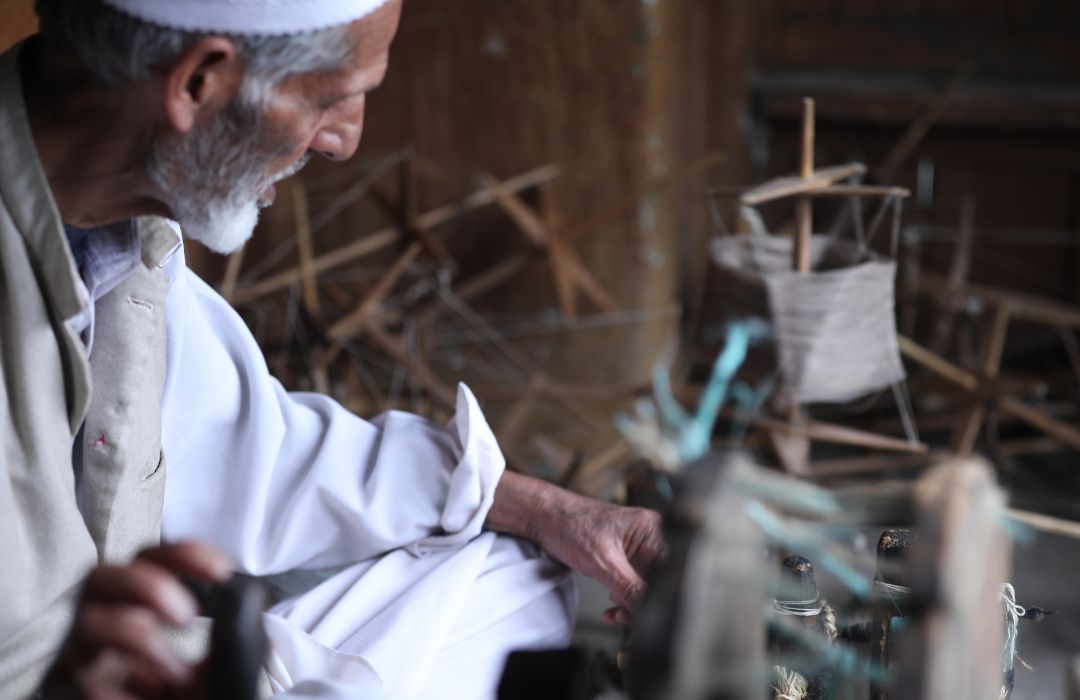
The foremost step is cleaning the Cashmere wool. There is a thorough cleaning of the wool to get all sorts of dirt out. After the process of cleaning, the next step is the procedure of Spinning. It begins by giving the local women the Cashmere wool to spin fine Cashmere yarn. The womenfolk of the valley mainly spin Cashmere wool. The process is done on the wooden wheel/charkha called tinder in the local language. Thus, the women artisans meticulously spin the Cashmere wool to the miraculously fine Cashmere yarn.
Afterward, the spun Cashmere yarn is taken to the local workshops/karkhanas to move ahead in the Pashmina Art. The next process is the weaving process. The weaving is the conversion of Cashmere yarn to fine Cashmere fabric. The intricate warps and wefts create the beautiful woven Cashmere fabric. Therefore, the most common pattern in weave is chashm_e_bulbul or the diamond weave. The weave is exclusively the masterpiece in itself. The eloquently woven Cashmere fabric goes on to further design.
Designing of fine Cashmere
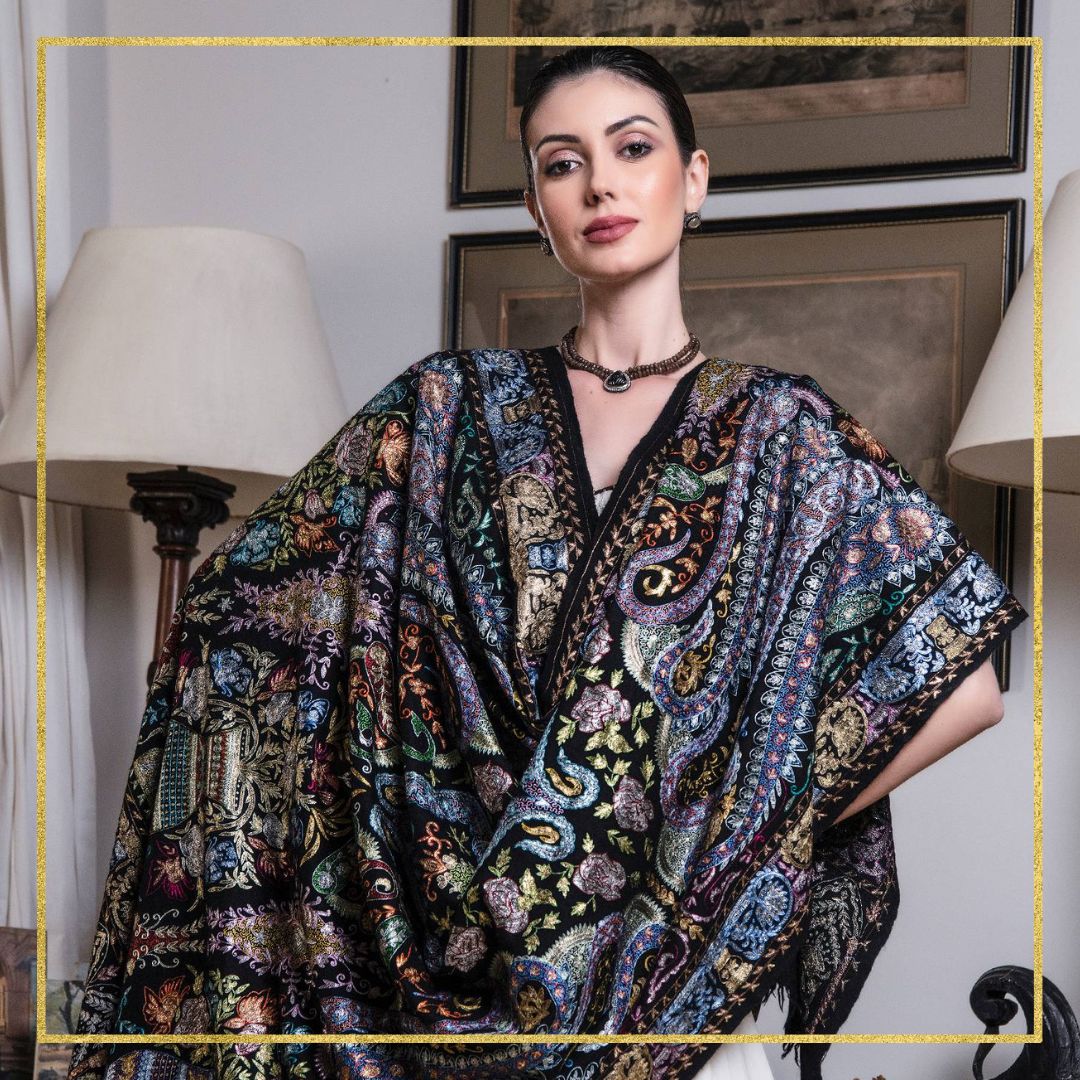
The process of designing commences as soon as the faith of the finest Cashmere is adorned. The marvelous hands of artisans whirl in the designs and sing songs of art on the finest Cashmere. The surrounding aura of the valley signifies the profound design in diverse ways. There are three main styles in Pashmina Art; Cashmere Wraps, Cashmere Scarves, and Pashmina Shawls. It is to be noted that Pashmina Art is the crafting of the finest Ladakhi Cashmere to a diverse range of accessories in distinct designs.
There are several styles crafted in Pashmina Art viz; Cashmere wraps, Cashmere Scarves, and Pashmina Shawls. The design of each begins with the weaving process by cutting the Cashmere fabric to adequate lengths. Further, there are versatile designs in Pashmina Art including Embroidered, Patterned, Printed, Ombre, Solid, Kani, Embellished, Reversible, etc. Before the design begins, the Cashmere base is dyed in the Valley with precision and care.
Also read: IS CASHMERE BETTER THAN WOOL?
History of Pashmina Craft
When a Persian saint was travelling across the globe in the 13th century, the Pashmina Craft began. Mir Syed Ali Hamdani was a sage from the Middle East. The footprints of a saint Mir Syed Ali Hamdani from the middle east came to Kashmir with 700 craftsmen to adorn the beauty of the valley and to spread the holy message. He rested his feet in the region of Changhthanghi Ladakh. Thus, the saint landed its appearance in the Changhthangi Mountain in Ladakh. While perceiving nature, he locked his eyes on the Goat of marvelous wool. Awestruck with the softness and fineness of the wool, he made socks out of it and gifted them to the Sultan Zain-ul-Abideen of Kashmir Valley. Perceiving the beauty of Cashmere wool, suggested making an industry that cultivates the Pashmina in desirable styles.
Moreover, Pashmina has been in the traditional, medieval, modern as well as contemporary world as a forte of luxury. Therefore, the craft of Pashmina reigns in the beauty of Kashmir since the 13th century. It is a gift from the saint of Persia who discovered the rare species of Goats in Chanthanghi. Thus, he entailed the luxury of Pashmina Craft in Kashmir. Afterward, the royals adorned the Craft of Pashmina. It is an art that prevailed through centuries proving its legacy all over the world including European aristocrats and Armenian merchants.
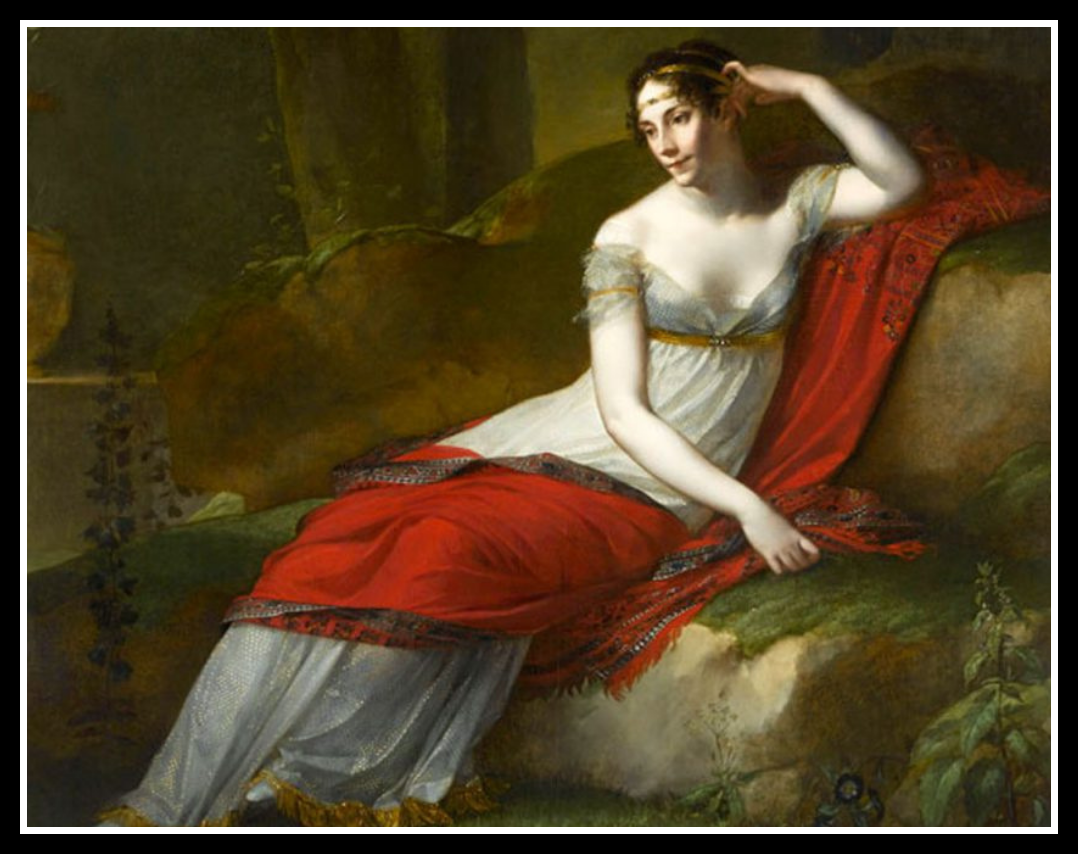
Concluding
For centuries, Europeans were the largest owners of Pashmina accessories. French empress Josephine owned more than 400 Kani Pashmina Shawls from Kashmir to supplicate her beauty with luxury. In India, the Mughals had a great affinity with Pashmina Craft. Emperor Akbar had such a fondness for the Pashmina shawl that he gave it an admirable nickname, "parm-narm" meaning “supremely soft”.
Also read: WHY IS PASHMINA LIVING THROUGH GENERATIONS?